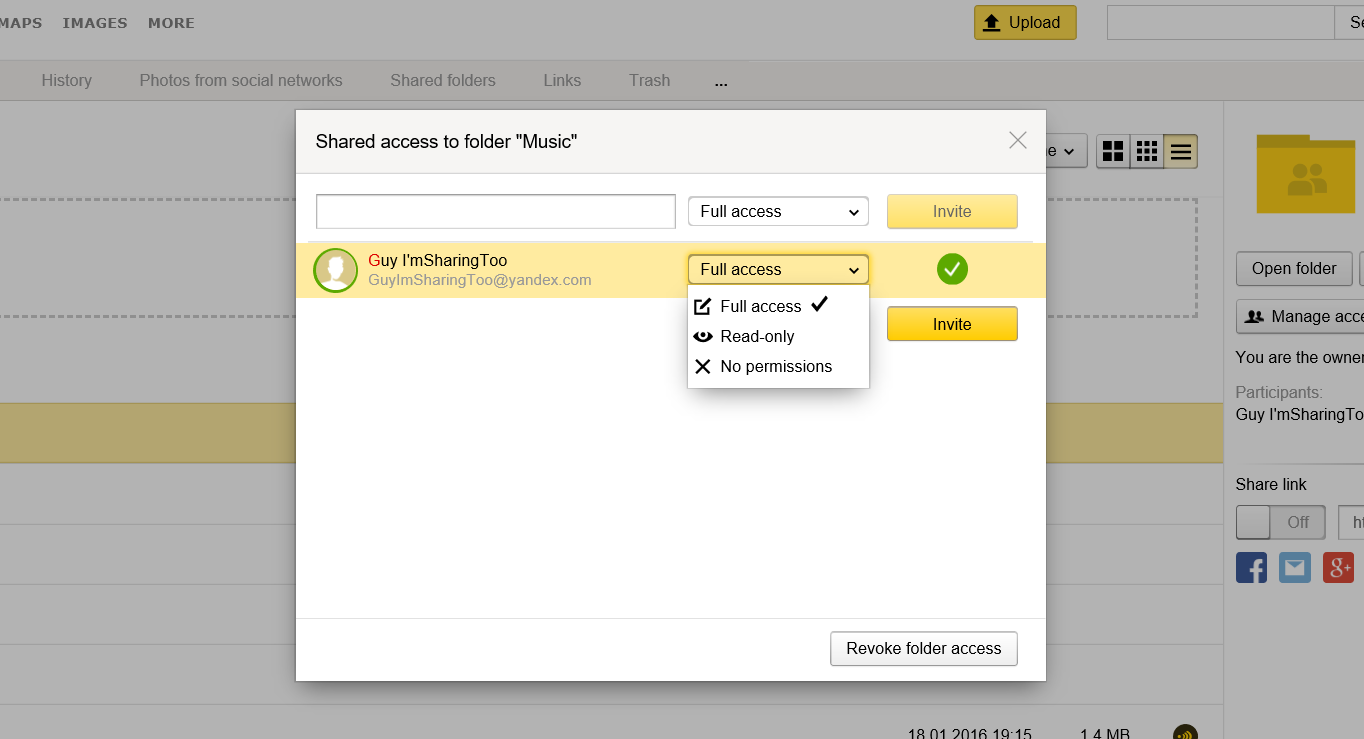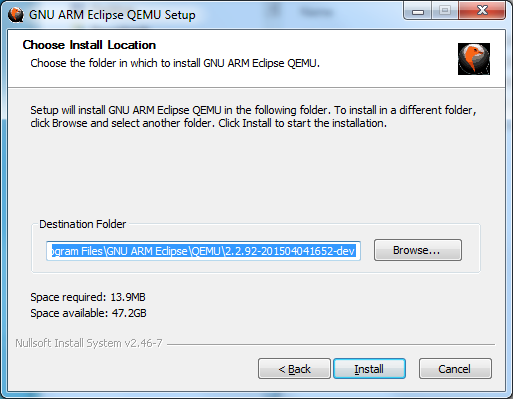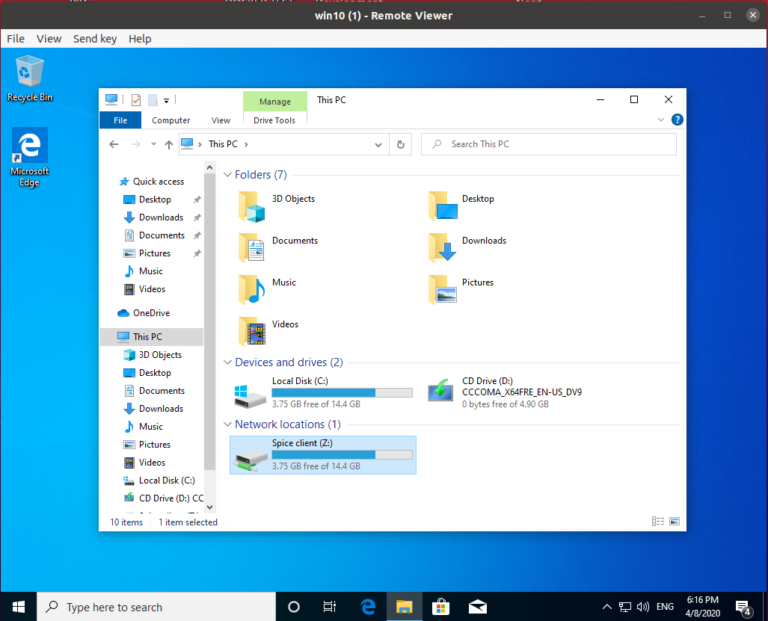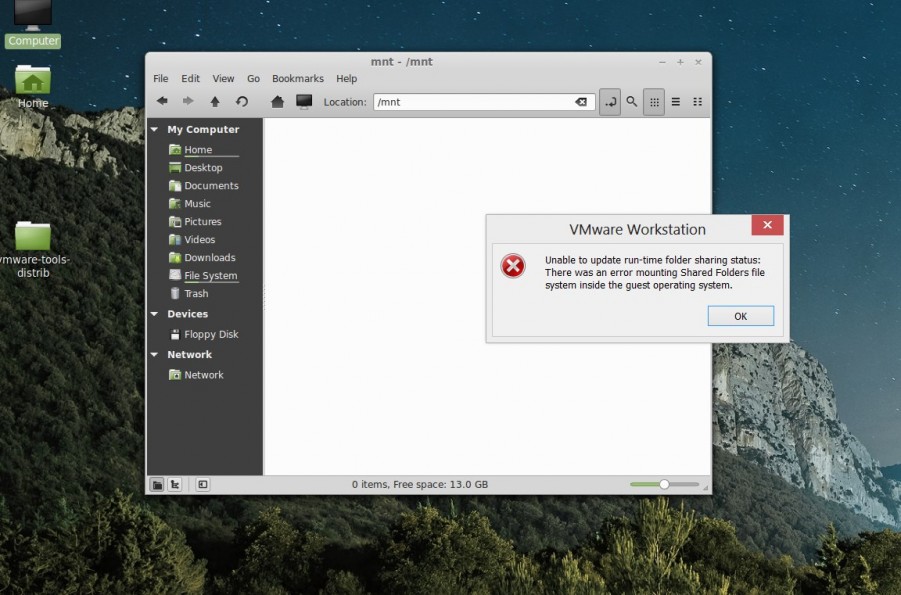

Unlike traditional FUSE where the file system daemon runs in userspace, the virtio-fs daemon runs on the host. virtio-fs takes advantage of the virtual machine’s co-location with the hypervisor to avoid overheads associated with network file systems. Virtio-fs on the other side is designed to offer local file system semantics and performance. One reason is that they are all depended on some network related stuff which of course adds overhead that costs performance. As already mentioned they all have in common that they are not that fast. Among other options that were mostly SMB-Share (Samba), NFS or virto-9p. Is there a different way I should be mounting it? Or is there a trick to getting Solaris to use this virtual drive? I'm also open to other alternatives people are aware of for transferring files in/out of my VM, but since Solaris 2.7 is a rather old operating system, things like networking (for example) aren't trivial to set up (and even basic things like ssh are missing).Before virtio-fs if someone wanted to share files between a virtual machine (VM) and the host the VM runs on there weren’t too much options that worked very well performance-wise. I even tried giving it an entry in /etc/vfstab to see if I could get it to automount, but that didn't work either. I tried mounting the unformatted drive in Solaris but it wasn't able to do that either. I can't seem to format it because I don't know the "disk" geometry (apparently Solaris was very particular about this).

Solaris sees this as a disk, but I'm unsure where to go from here. I've managed to "plug in" a folder as a virtual drive into the VM, using -drive file=fat:rw:,bus=0,unit=1,if=scsi,format=raw,media=disk

I need a way to get files in and out of the VM.

I was wondering if anyone could give me wisdom on how to create a shared folder between my host machine (running Windows 10) and the virtual machine I created in qemu which is running Solaris 2.7.


 0 kommentar(er)
0 kommentar(er)
